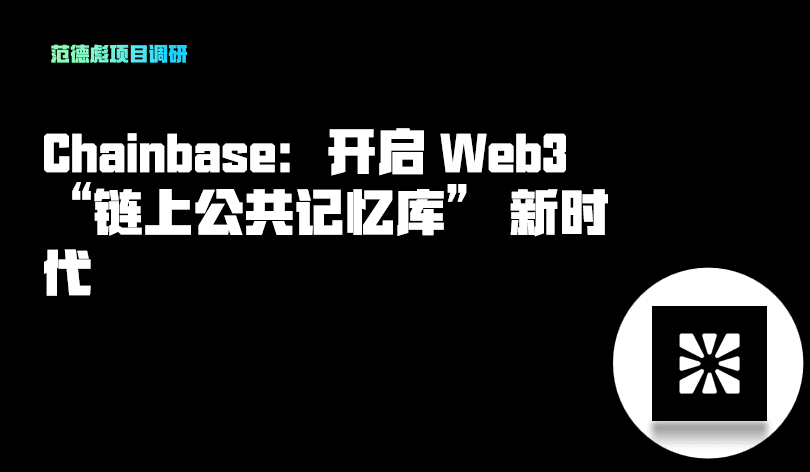
In today's blockchain world, Chainbase is like a brilliant new star. Its concept of 'data memory capability' opens up new directions for industry development. It is not just a platform for developers to query data, but is also building an 'on-chain public memory bank' that realizes the 'democratization of digital memory', allowing users, AI, and protocols to easily retrieve key on-chain events in the future without worrying about data loss or deletion.
@Chainbase Official It can be called a real-life 'on-chain library'. It uses a permanent Changelog + Arweave storage method, utilizing CDC to write all on-chain and off-chain data into Arweave in an append-only record format, ensuring that 'data never disappears', solving the problem of data gaps caused by traditional node replacements or storage failures. At the same time, its data is verifiable; with the help of zk-proof and storage consensus mechanisms, each 'historical record' can be verified by anyone for its source and authenticity, ensuring the reliability and authenticity of 'memories'.
Developers can also use Manuscript to structure original events into more understandable summaries, such as 'the first mint time of a certain NFT project', and these summaries can be reused to earn $C rewards. Meanwhile, the Chainbase Foundation builds and governs this public memory bank, providing grants and incentives for all parties to jointly become the managers and maintainers of the 'on-chain library'.
#chainbase What sets it apart is its professional support, referencing Changelog storage structures, zk-proof verification mechanisms, and more. At the same time, Web3 projects are facing a golden period of 'how to save and trust data', making its 'memory' value even more significant in reality. In short, Chainbase is the 'public memory bank' of Web3, allowing the community and AI to safely recall on-chain history and together become guardians of memory.

